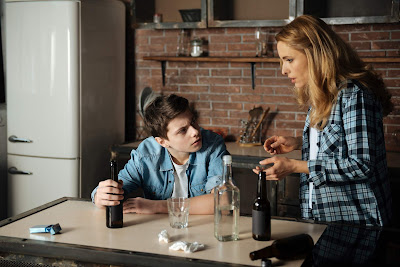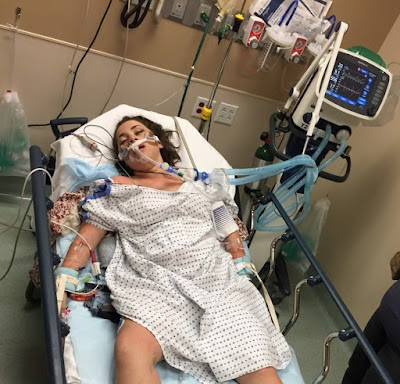Spirits and young people
One young Australian aged between 14-17
years old dies every weekend due to alcohol. That figure astounds me each time
I say it to a group of students but it truly is beginning to surprise me that
we don't see far more deaths than that due to the increasing use of spirits by
the very young.
Recently I met a 16 year old girl at a
school who wanted to thank me for the talk I had given her class the previous
year. Only a couple of weeks after I had visited her school she had gone to a
party and consumed almost a bottle of vodka with a couple of friends. She
remembers little of the night apart from waking up in the hospital early the
next morning with a drip in her arm and her parents sitting next to her, both
of them in tears. Apparently she had lost consciousness and her friends had
used some of the information I had given them in my talk to establish that she
needed urgent medical assistance.
She was an amazing young woman. She had
been through an unbelievably terrifying experience but now totally 'owned' it
and had made some decisions about how she now hoped to deal with alcohol and
parties in the future.
It doesn't matter where I go, it is usually
spirits, particularly vodka, that causes the major problems. Almost every death
I have been involved with in schools has been vodka-related. So why are these
drinks more risky?
First of all, spirits are much cheaper than
they once were and this makes them much more accessible to young people. It is
also important to remember that it takes much less vodka, rum or whisky to get
drunk than for beer or wine. It would only take minutes to drink two shots of
vodka (60mls), for most people it would take much longer to drink the
equivalent amount of alcohol in beer (two 285ml glasses – 570mls).
If a group of young people share a bottle
of spirits between them, they are drinking the equivalent of 22 glasses of full
strength beer, 22 cans of mid-strength beer, more than 2 litres of a cask of
red wine, or more than three bottles of champagne. For most young people, if
they tried to do drink this amount of other forms of alcohol they would find it
almost impossible to do so quickly before feeling the effects, thus preventing
them from drinking more.
Spirits, on the other hand, are much easier
to consume quickly because you don’t need as much to achieve the desired
effect. By the time you do feel the negative effects, you have drunk too much
and are unable to modify your drinking accordingly. This is what is getting
young people into trouble ... sharing a bottle of spirits is becoming a regular
practice amongst some teenagers and something we urgently need to address.



Comments
Post a Comment